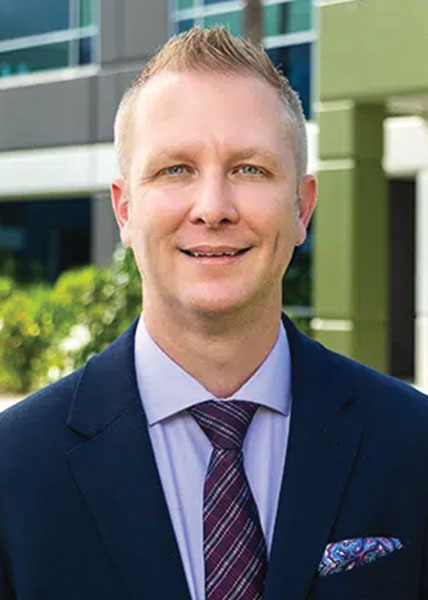Turning Security From Reactive to Proactive

Intelligent Video Monitoring Can Be Used to Prevent, Not Just Investigate, Crimes

Video surveillance has become the primary data source for security and insights that help businesses operate. Typically, video is a reactive process used to investigate a crime after damage has been done. But more impactful solutions are now available. Proactive video monitoring (PVM) is one of those offerings. Like certain other advanced technologies, PVM focuses on preventing crimes by drawing immediate attention to unauthorized activity and empowering a trained operator to direct a response and, if necessary, notify local authorities.
PVM has effectively turned the concept of video monitoring on its head. The difference is in how it incorporates artificial intelligence (AI) to identify intruders and stop them before any harm occurs.
So, is PVM the same as video verification or voice-downs that use recorded messages? The answer is no. PVM adds another layer – real-time monitoring and customized live voice-downs. While video verification services may have been a practical option in the past, PVM is a more than worthy successor for multiple reasons.
Prevention Is Key
While video verification can address the problem of false alarms, it is still a reactionary approach. A central station operator will check the alarm’s video footage and call to confirm if there was an intrusion. The operator will then report the incident to the police if a security incident is identified. In confirming that a crime occurred, it reduces false alarms, but it does not prevent crime.
PVM is different. It deters and stops criminals in their tracks. PVM’s AI-based engine “watches” for potential security events. Built-in intelligence automatically detects possible criminal activity and sends a real-time alert to an intervention specialist at a monitoring center. The operator investigates the situation and, if needed, speaks to the intruder, letting them know they have been detected.
Live From the Central Station
When illicit activity is identified, central station operators can challenge the intruder with a personalized audio warning, customized to the customer’s requirements. In 98% of cases, this alone is enough to stop a perpetrator.
Because the operator sees live video footage of the situation, they can point out specifics, such as, “You in the green hooded sweatshirt, you are not authorized to be on this property.” If the intruder does not retreat, operators inform the individual that authorities will be contacted.
The ability to identify specifics regarding clothing and movement prevents crime because the perpetrators now know they are being watched in real time. It is these details that make the difference. Video verification and prerecorded voice downs do not have the same impact.
Augmenting Feet on the Street
Guards are essential to ensuring security across a wide variety of environments, and PVM will not entirely replace the human element. It can, however, make a guard force stronger. While video verification can help guards identify valid alarms, it cannot support an informed response or prevent damage. Instead, it leaves an onsite guard waiting for the police to arrive, which could lead to the situation becoming more complicated and dangerous as time progresses.
PVM supports guards by enhancing their ability to identify threats. Hazardous activities, such as chemical spills or violent situations, can now be managed more effectively, significantly increasing safety and reducing liability.
PVM can also provide additional support during staffing shortages, as well as for less desirable postings, such as those in remote, desolate or dangerous locations or during the overnight shift. PVM relives guards of much monotonous and risky work and enables them to apply their expertise to more strategic duties.
Stronger Reporting
After a security incident, it is essential to generate a detailed report to document the event. PVM produces comprehensive reports that can help security leaders spot trends and emerging risks. It can also analyze activity over time, learning where the most high-risk facilities are based on the frequency of alerts. Video verification does not provide this level of reporting and statistical analysis.
Overall, while video verification can be an effective tool for reducing false alarms, it is unable to offer many other benefits. Proactive video monitoring, in contrast, provides dealers with a way to differentiate themselves in the market, increase revenue, stay on top of industry trends and meet the growing demand for intelligent video services.
